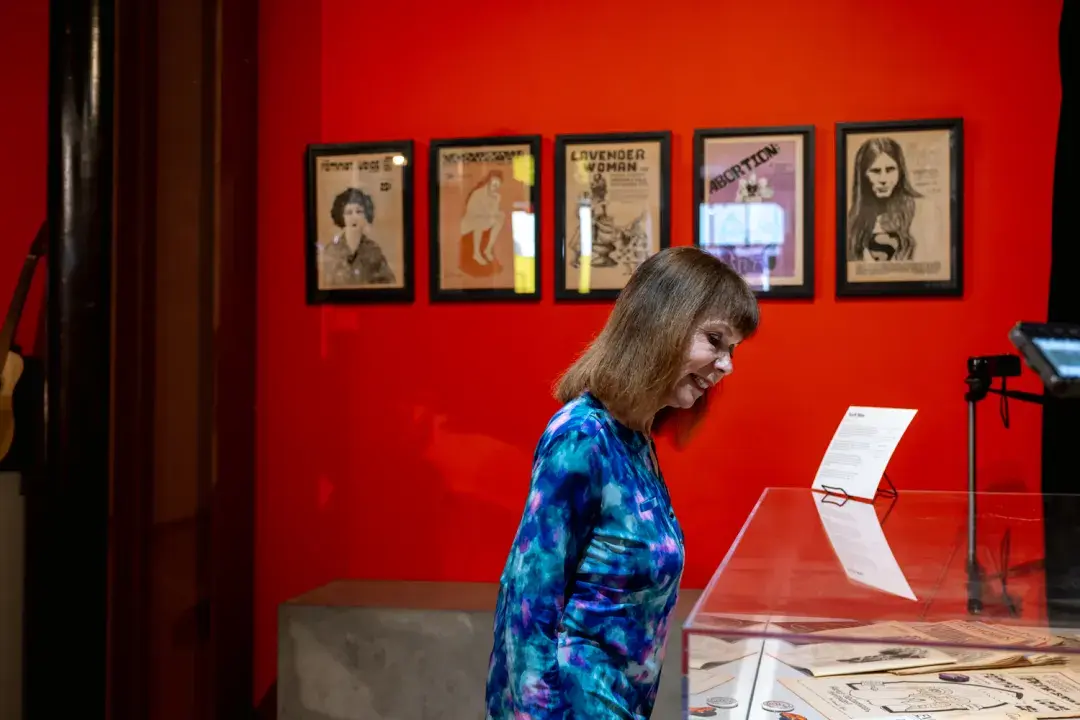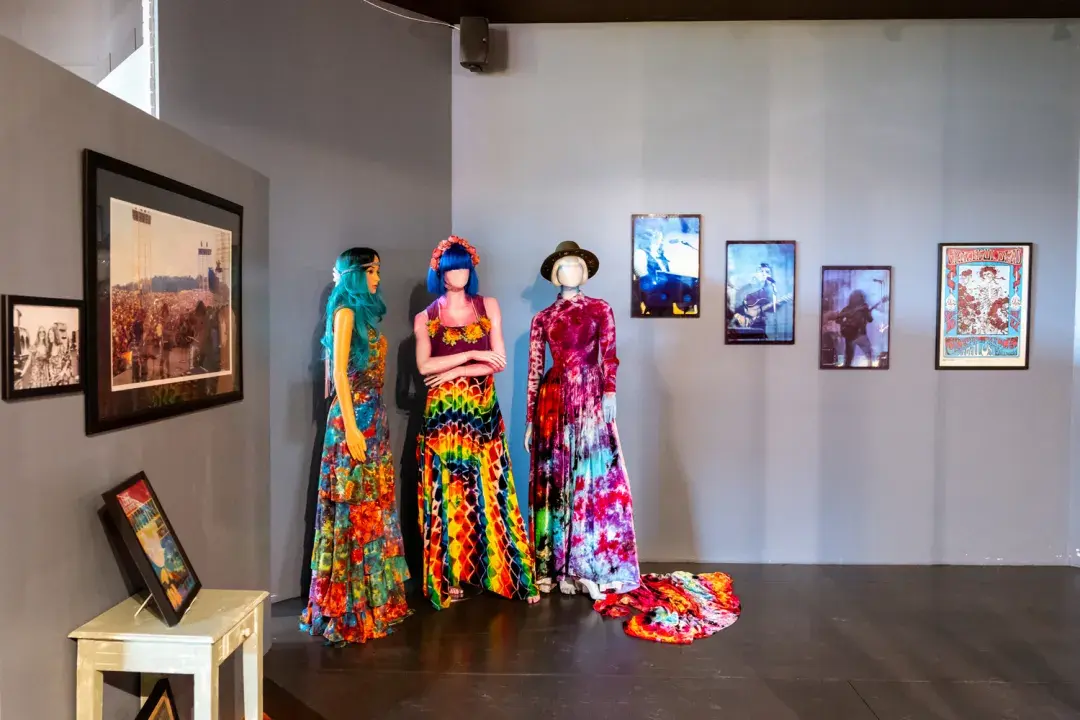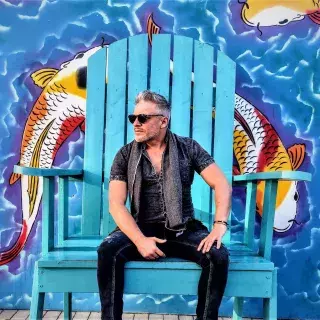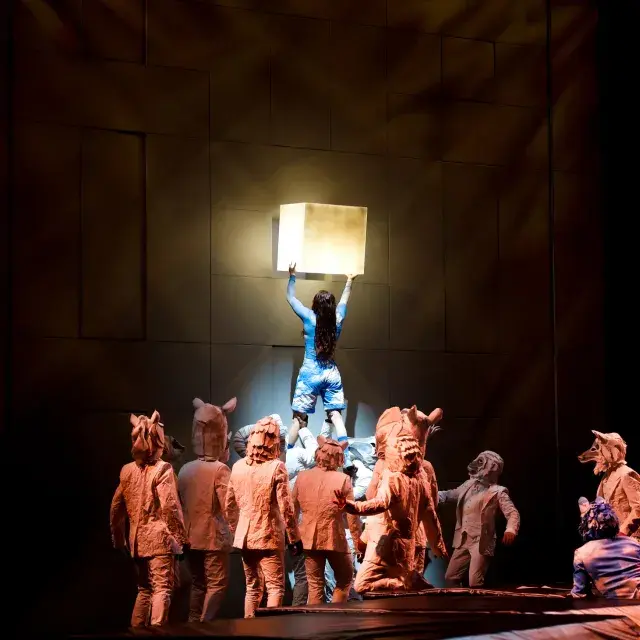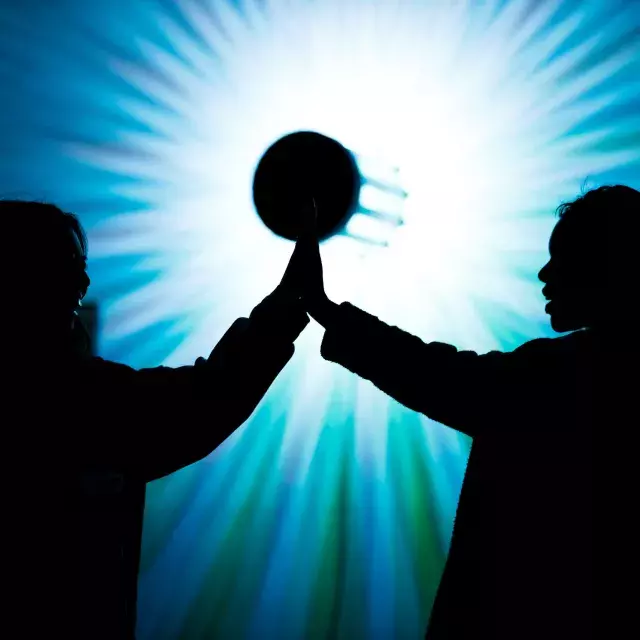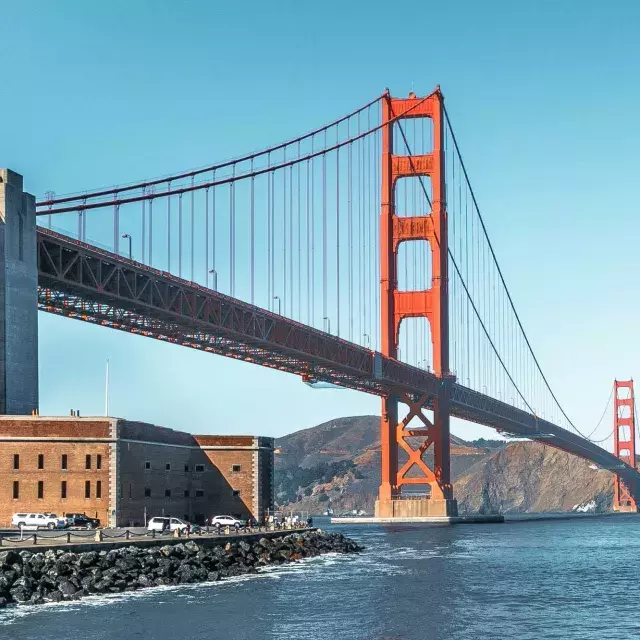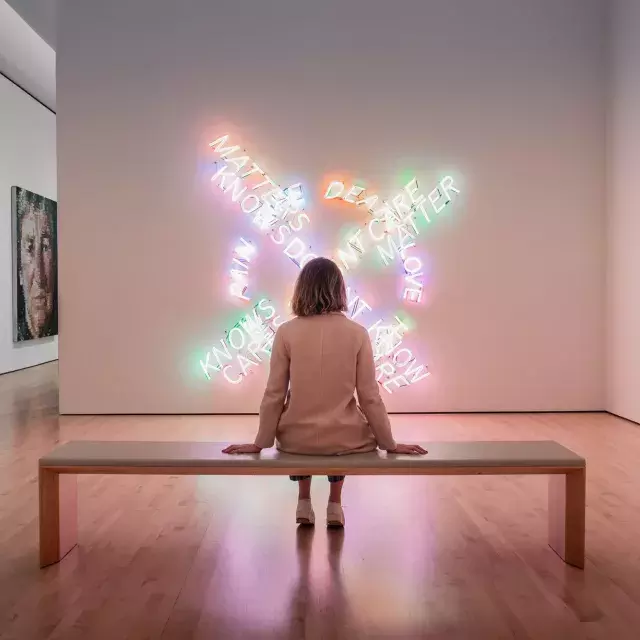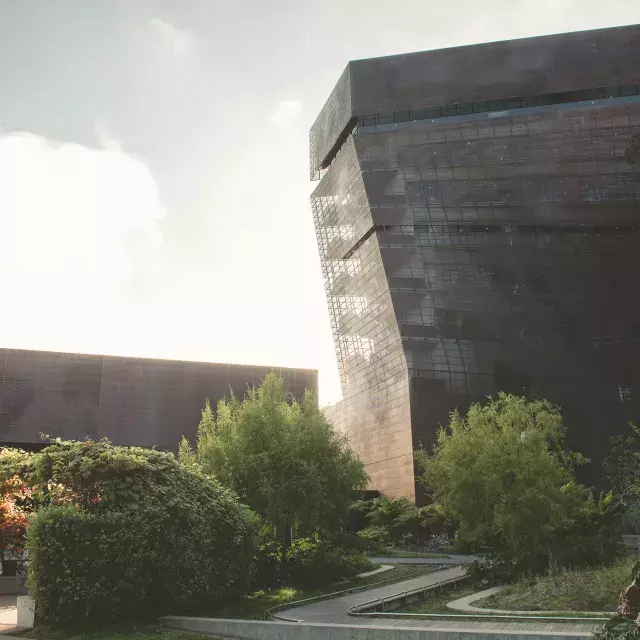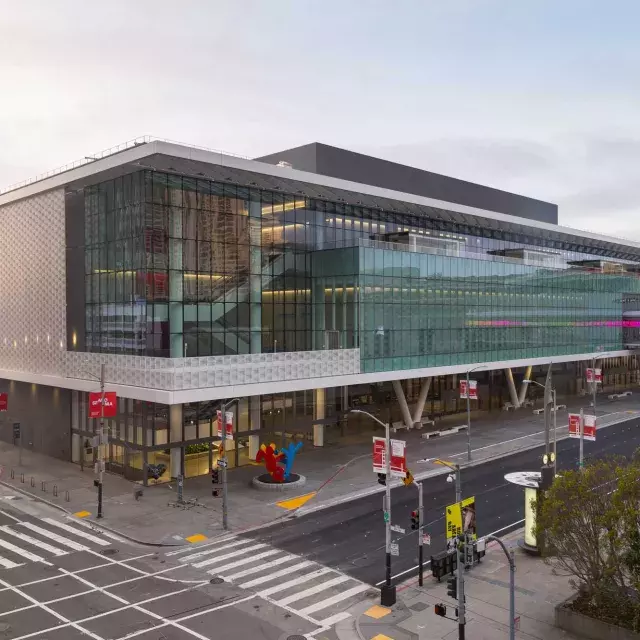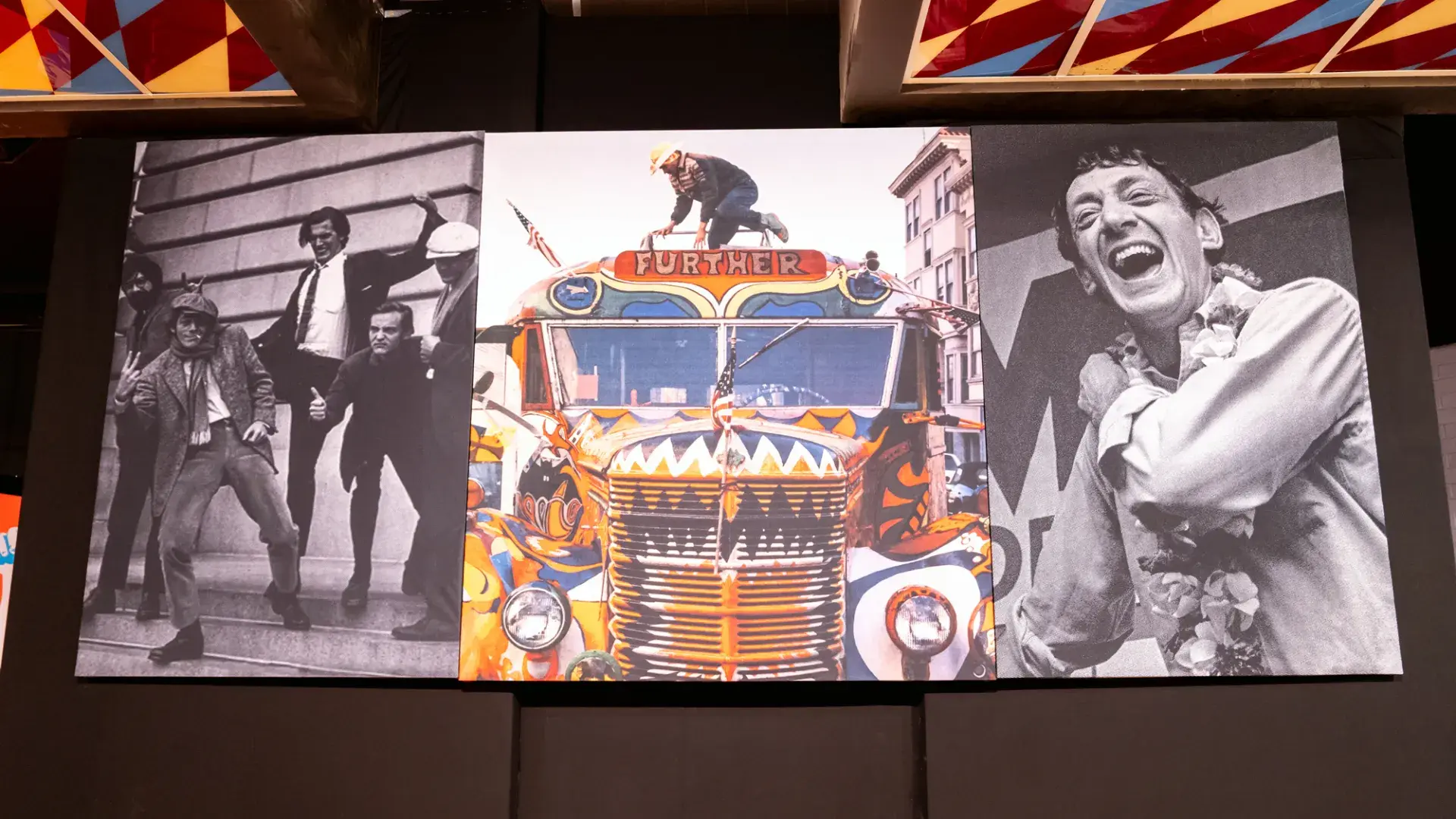
Your Guide toSan Francisco's Counterculture Museum
Visit the newest Haight-Ashbury icon to learn how San Francisco changed the world.
Far beyond its fame as fashion trendsetter or even its global role as the center of tech, San Francisco’s identity is defined by the 1960s countercultural revolution. Want to know more? Get an immersive education on how the civil rights, anti-war, modern feminist, psychedelic, environmental, and LGBTQ+ rights movements all blossomed here in San Francisco during the hippie era at the brand-new Counterculture Museum in the Haight-Ashbury neighborhood.
What Is The Counterculture Museum?
Opened in May 2025, the Counterculture Museum is a non-profit devoted to the earth-shaking 1960s countercultural movement. Embodied by local hippies, the era marked a profound shift in American consciousness with far-reaching implications across society. Expressed through music, art, organic agriculture, protest, community-building, and other activities that directly threatened the status-quo, the legacy of San Francisco in the 1960s continues to reverberate around the world.
The Counterculture Museum is run by Estelle and Jerry Cimino, the same team behind The Beat Museum in North Beach, which is dedicated to the anti-establishment literature movement that immediately preceded and helped spark the 1960s countercultural revolution. The new museum was founded not only to preserve the spirit of the 1960s, but to help inspire today’s artists and activists to keep on dreaming of a better world and pushing for social change.
What's On Display at The Counterculture Museum?
Artifacts and memorabilia from key events and actors of the 1960s are organized into both permanent and temporary exhibits at the Counterculture Museum.
An area dedicated to the Civil Rights Movement features local historical items like photographs of Martin Luther King, Jr. in San Francisco and the Oakland-based Black Panthers. The exhibition focused on the LGBTQ+ rights movement covers how the 1966 Compton Cafeteria riots helped usher in the nations gay liberation movement and explains why Harvey Milk was assassinated in 1978.
The museum’s psychedelic exhibit includes photos of the Grateful Dead playing at the city’s Trips Festival in 1966 and a display on the Summer of Love of 1967, while the anti-war exhibit contains buttons that were worn to show opposition to the Vietnam War and photos of prominent marches and protests.
Original festival and concert pamphlets, posters, and flyers—some featuring icons like Jimi Hendrix, Carlos Santana, and Janis Joplin—decorate the walls. Mannequins show off '60s clothing while newspapers from the time, including the underground bi-monthly periodical “The San Francisco Oracle", which was printed on Haight Street, are on display in glass cases.
Like the Beat Museum, the Counterculture Museum is also home to an extensive bookstore and gift shop where publications and items related to the 1960s and the movements of the era can be purchased.
Where Is The Counterculture Museum?
Located at 1485 Haight Street, right at the corner where Haight and Ashbury streets meet, The Counterculture Museum is in the heart of the neighborhood where 1960s counterculture found full expression. The 4,000-square-foot museum occupies the ground floor of a three-story historic Victorian building.
When Can I Visit The Counterculture Museum? How Much Does It Cost?
The Counterculture Museum is open Wednesday through Sunday from 11 a.m. to 6 p.m. General admission to the museum costs $10, but students, seniors, teachers and current or ex-military personnel qualify for a reduced rate of $8.
What Other Groovy Things Should I See That Are Near The Counterculture Museum?
The Haight-Ashbury neighborhood is full of boutique and vintage clothing shops, gift and head shops, vinyl record stores, independent booksellers, artistic cafes, funky bars and gourmet restaurants. Haight Street itself is a major visitor destination in San Francisco.
The neighborhood also sports some of the most majestic examples of Victorian architecture in the city, with some homes elaborately (or even psychedelically) painted in a full spectrum of bright colors.
Haight Street terminates at San Francisco’s most famous green space, Golden Gate Park. Besides miles of trails through forests and open meadows, this massive urban playground is home to the de Young Museum and the California Academy of Sciences, as well as the Gardens of Golden Gate Park.
A truly epic visit to the Haight includes renting a bicycle and exploring the park after shopping and sightseeing.
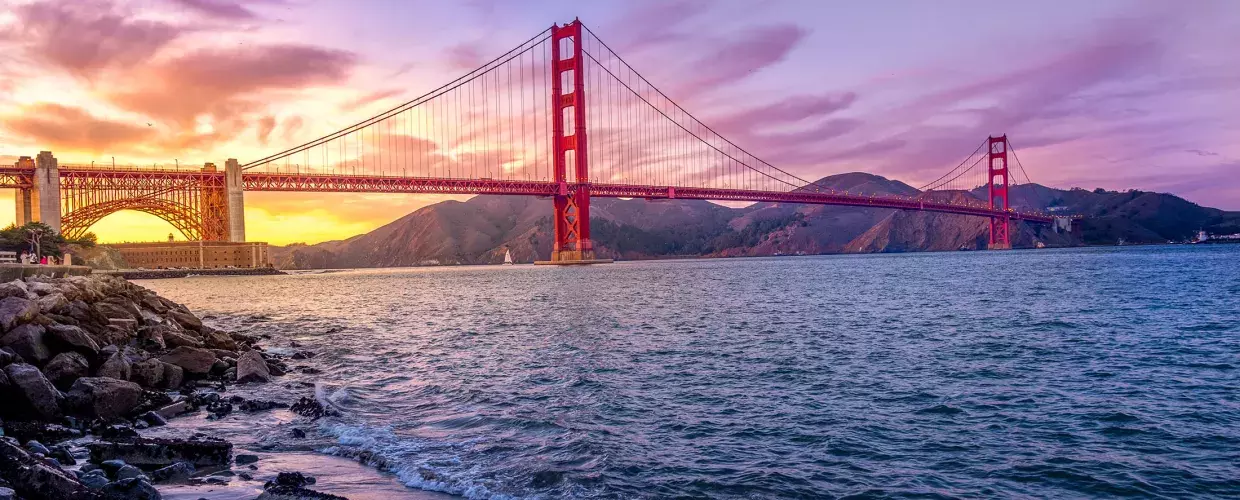
Sign Up for Our Newsletter
Be the first to know about upcoming events and festivals, new restaurants, special deals, and everything else happening in the City by the Bay.
